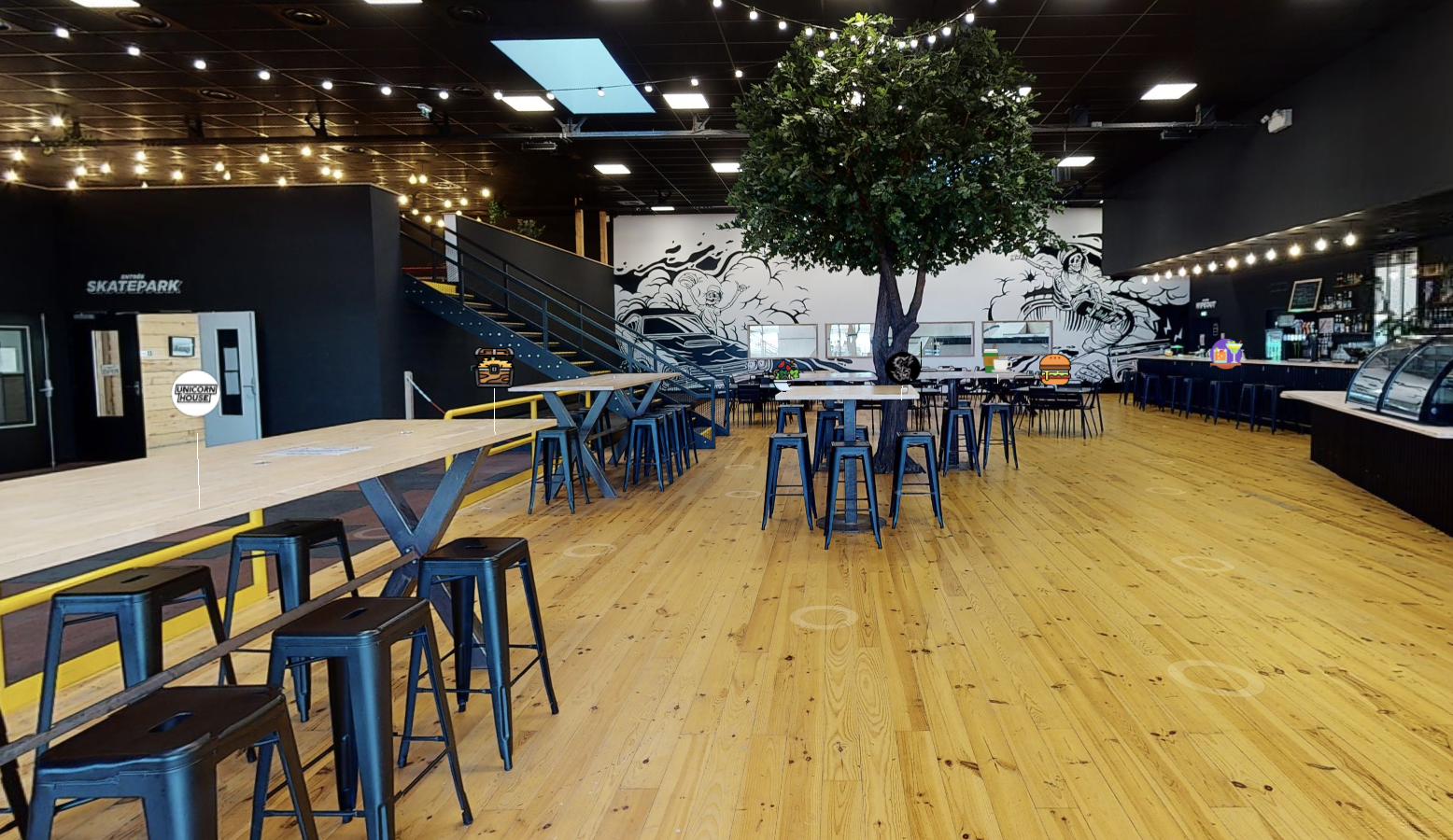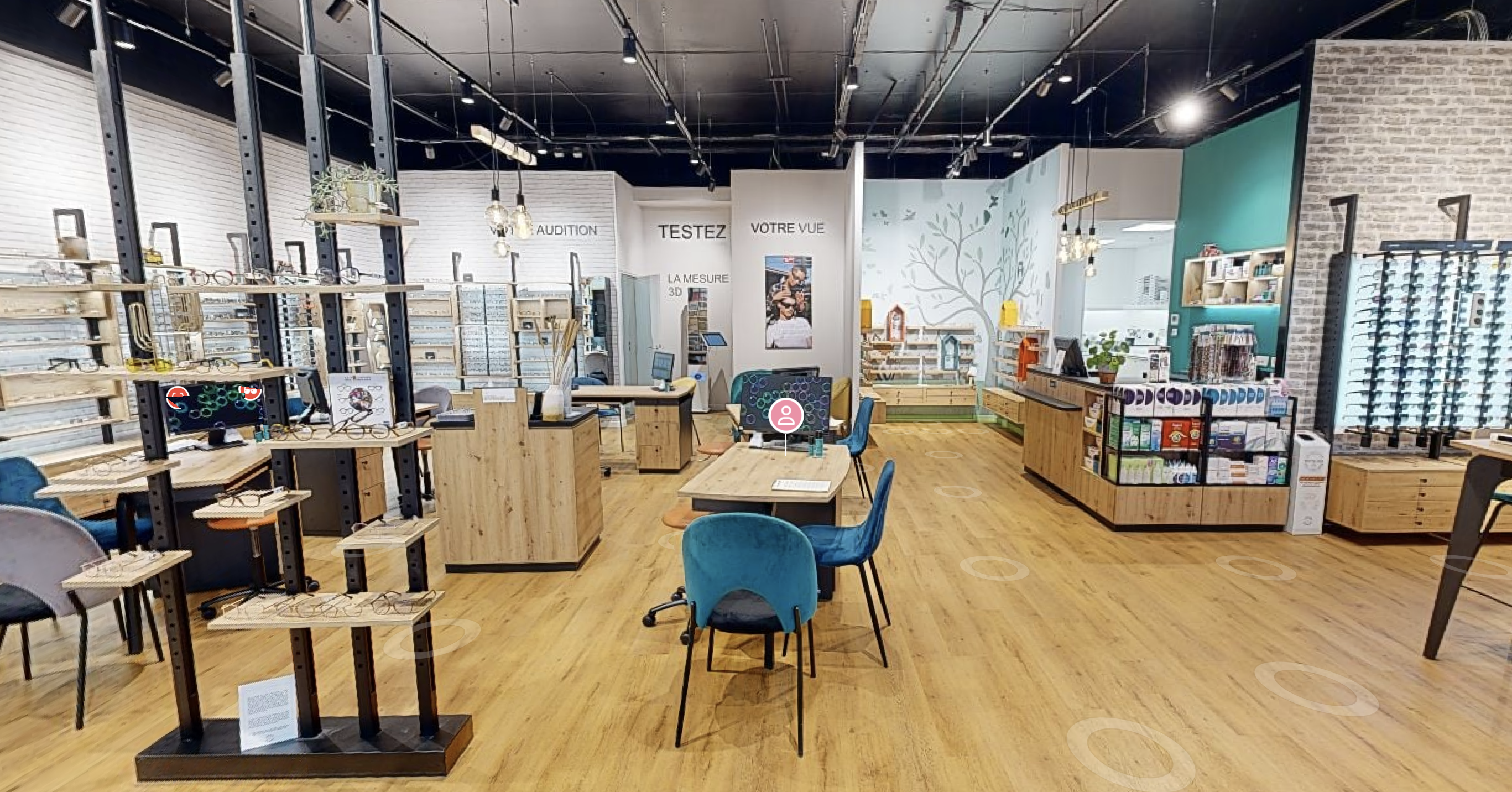Neuromarketing for virtual tours

Neuromarketing for virtual tours
The digital marketing is constantly evolving. Companies need to find innovative ways to attract and retain their customers. These means include: immersive marketing which creates a unique and memorable branding experience for customers. The neuromarketing is one of the techniques used in the immersive marketing to improve user experience. In this article, we will explain how the neuromarketing can be used to improve virtual visits.
Immersive marketing: a unique user experience
The immersive marketing is a form of marketing that offers consumers real experience. It offers a total immersion in the world of the product or brand. The virtual visits are an excellent example of immersive marketing, as they allow customers to feel immersed in the world of the company. With virtual visits Well designed, customers can explore a 3D space, visualize the details of the products or services offered, interact with interactive elements and feel a real feeling of immersion. The immersive marketing is an effective way for companies to offer a memorable brand experience and stand out from competition.
What is neuromarketing?
The neuromarketing is the scientific study of how the brain reacts to stimuli marketing. By using brain imaging techniques and other methods, researchers are neuromarketing can identify areas of the brain that are activated when consumers are exposed to advertisements, brand messages or consumer experiences. These results can then be used to design more effective advertising campaigns and more engaging brand experiences. This technique is increasingly used in the digital marketing, where consumers are constantly solicited by a multitude of advertisements.

Neuromarketing and virtual tours
Neuromarketing can be used to optimize the virtual tour experience by identifying the elements that attract interest and commitment from visitors. For example, studies in neuromarketing have shown that consumers are more likely to remember the information presented in the form of stories rather than raw data. Thus, a virtual tour that tells a story through images and audio comments is more likely to attract interest and commitment from visitors.
Similarly, colours, sounds and movements can all have an impact on how the brain reacts to a virtual visit experience. By using neuromarketing knowledge, companies can design virtual tours that use these elements effectively to capture visitors' attention.
In short, the immersive marketing allows to create a realistic brand experience, while the neuromarketing helps to better understand client preferences. By using these two levers, companies can offer more personalised user experiences, tailored to the needs of their customers and memorable, such as virtual visits.
Discover some of our achievements
Related articles...

Budget to open a restaurant: materials and tips
How to create a virtual tour? Discover the budget to open a restaurant and the tricks to succeed, including the

La visite virtuelle à Nancy et à Strasbourg
Visite virtuelle : vos prestataires sur Toulouse La visite virtuelle à Nancy est le moyen le plus efficace pour promouvoir






